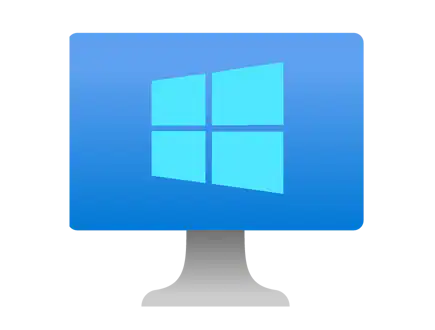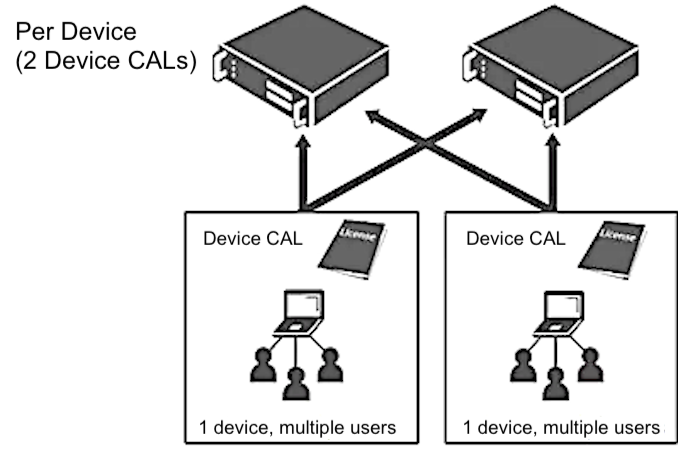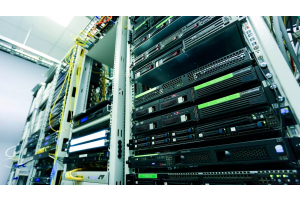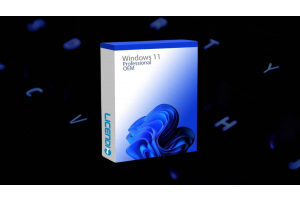Windows Server Operation and CAL Basics
Windows Server is the foundation of digitization for many SMBs
Are you thinking about upgrading your company's IT infrastructure to include a Windows Server, but you're not sure how licensing works? It can be difficult to understand Windows Server and Client Access Licenses (CALs), but it's essential to make sure you're legally protected and your budget is tight. Especially in case of audits it is important to have made sure that you have everything licensed according to the law and the conditions of use of Microsoft.
This article will explain how CALs and Windows Server licenses work, as well as the different types of CALs and licensing options available. While licensing Windows Server and CALs can be a confusing and complex process, we're going to explain it to you so you can make an informed and correct decision.

Introduction
The popular Windows Server operating system is used by businesses of all sizes to control and store their networks, applications, and data. All the different uses that companies give it are varied but the characteristics that companies usually take advantage of are to manage the computer resources of the organization, including access to the network, database management, mail and printing services, storage and other services.
The Software is installed on a server computer, i.e. a physical computer dedicated to be able to run the Windows Server on it, whichever version is chosen. Later we will explain in detail the licensing by cores and how it works with the different versions of Windows Server.
On the other hand, companies also need to have a legitimate server access license, which is the CAL (Client Access License). There are different types of CALs, in this article we are going to concentrate on the CALs that Microsoft distributes for access to the different editions of the server.
Organizations can limit the number of users or devices that can connect to the server using CALs, which are required for each user or device accessing the server. User CALs and device CALs are the two types of CALs available for Windows Server.
Windows Server, an Operating System with a multitude of applications

Licensing options
The important thing to keep in mind is that Windows Server licenses come in 16-core licenses, which is the base license that is required to install a Windows Server. Additionally there are 2-cores licenses, which are the additional licenses, when one wants to license additional cores. You cannot install 2-core licenses if there is no base 16-core license to which you can supplement the 2-core licenses.
Enterprises have several options when licensing Windows Server, including the following:
Licenses by Physical Cores (Physical Cores):
In this licensing mode, the cores of the physical machine are licensed, this allows you to get the most out of the physical machine and the Windows Server. It is also the most expensive option, because if a physical machine has many cores per processor licensing them all requires several licenses. You can also choose to license only a certain number of physical cores, but the server will not operate at the same processing speed.
License by Cores Digitales:
With these licenses you can install a version that does not license the physical cores of the machine and that works like a normal application, with less performance but still enough for most of the applications that are used with the Datacenter. You can also license virtual machines or Hyper-V Containers for companies that do not want to spend the money on licensing the physical machine cores, these licenses are cheaper and offer a high level of performance in the virtual space.
What are CALs and why are they needed to access Windows Server?

CALs, as briefly described above, are Client Access Licenses. With these licenses, the user is allowed to access the Windows Server and its functions, be it its database, its mail servers, Power Automate, etc.
There are 4 types of CAL; The User CAL, the Device CAL, the RDS User CAL (RDS=Remote Desktop Service), and the RDS Device CAL.
User CAL
This license allows a user access to the server, regardless of the device with which they are connecting to the server. A User CAL is a single-user license.
For companies where users must access the server from various devices, such as desktops, laptops and mobile phones, this type of CAL is ideal to avoid having to buy multiple CALs for a single user.
Device CAL:
The Device CAL license, on the other hand, applies to a single device, regardless of the number of users who use that device to access the server.
This type of CAL is best suited for businesses where many users share a single device, such as a kiosk or shared computer.
Conclusion
In conclusion, you need to always carefully consider your businesses necessities, sometimes a device CAL will be more useful than a User CAL, sometimes you will need a RDS CAL to access the Windows Server from home, there are many different use cases and we will be very happy to assess you should you need assistance choosing one or the other.




